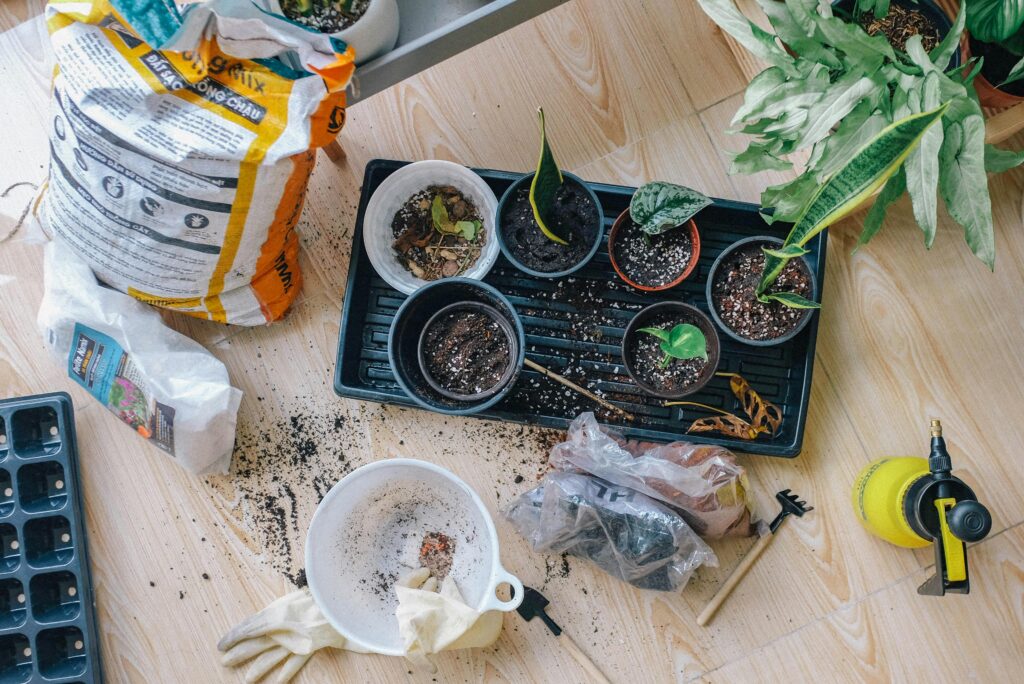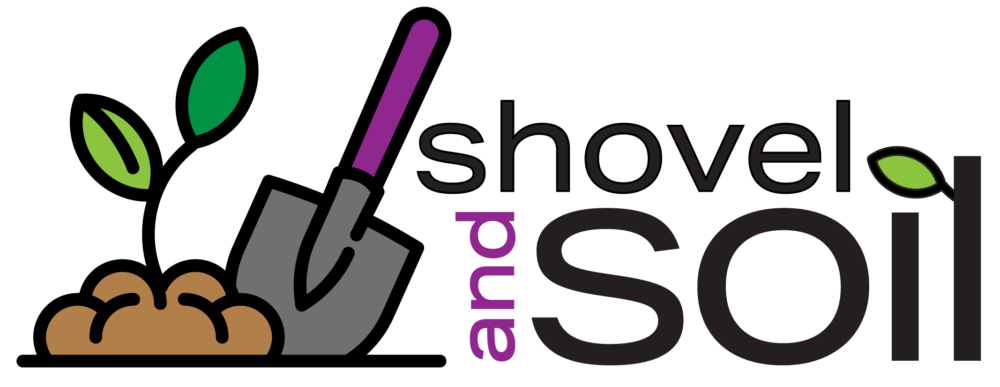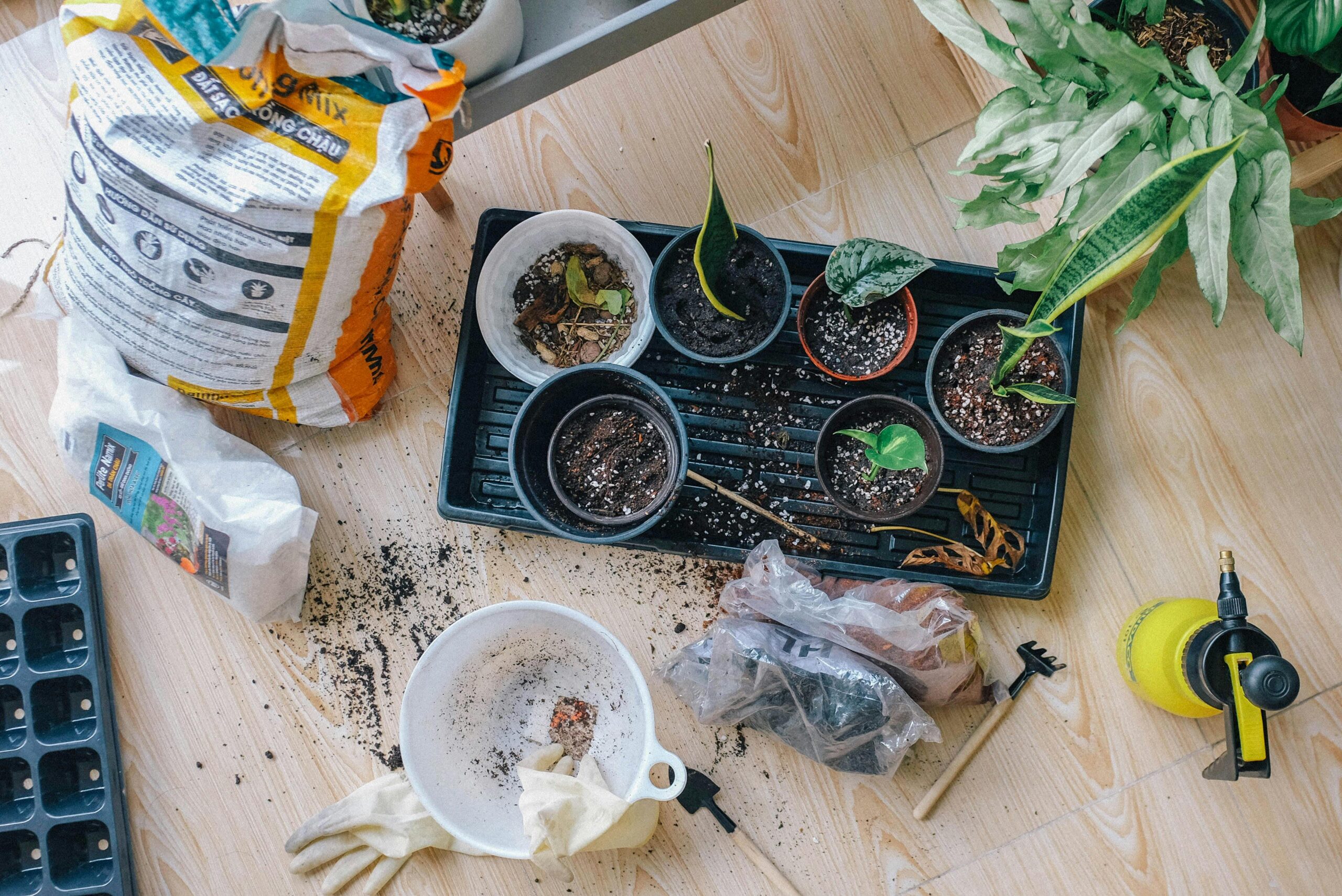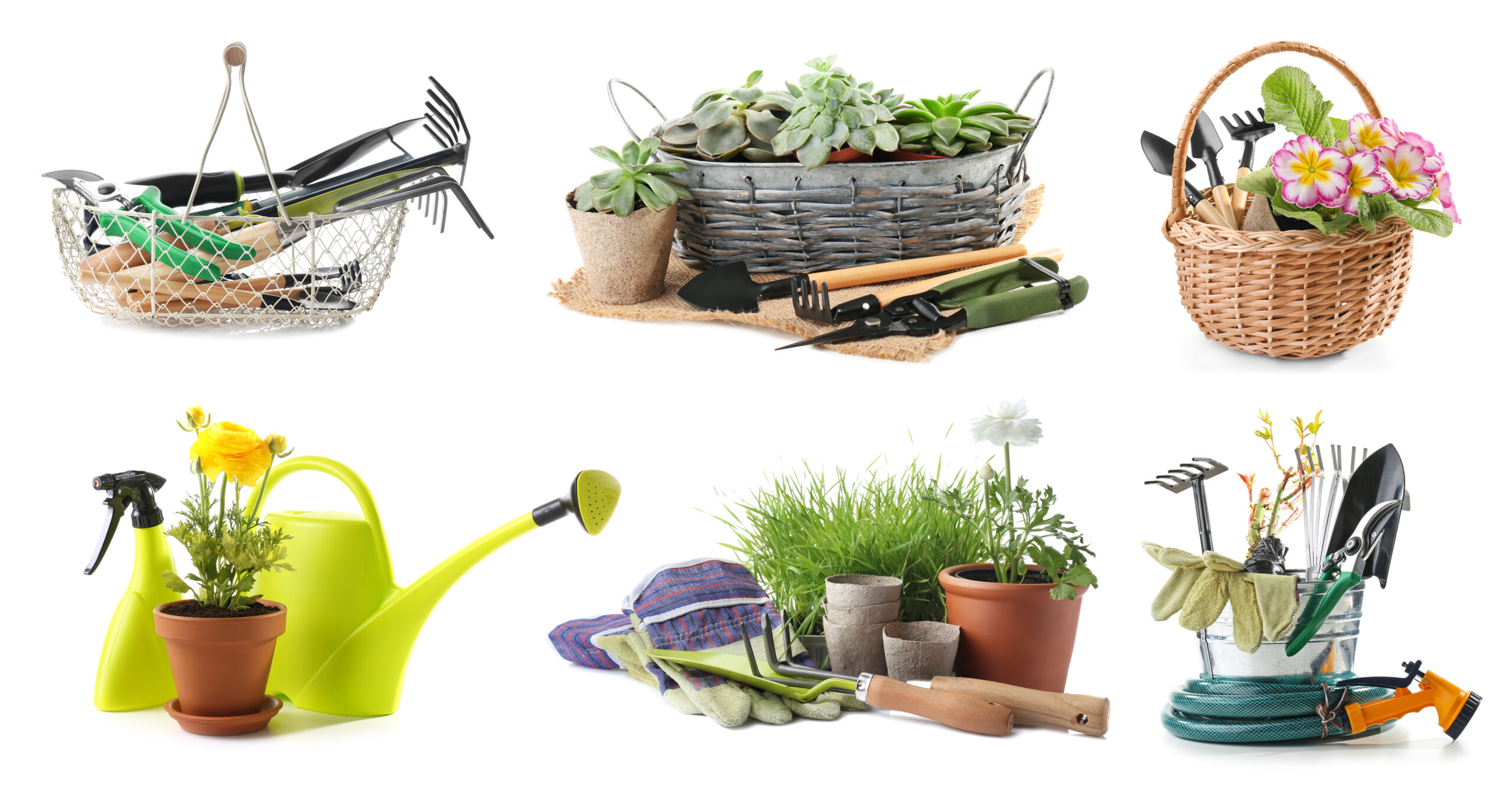
Tailoring Soil to Your Plant’s Needs
The right soil mix can make all the difference in the health and growth of your indoor plants. Different plants require different soil types based on their natural habitat and specific needs. For example, succulents and cacti thrive in well-draining, sandy soil that mimics their arid origins, while tropical plants prefer a more moisture-retentive, peat-based mix. Understanding the specific requirements of your plants will help you select or customize a soil mix that promotes healthy root development and overall plant vigor.
Components of a Good Indoor Soil Mix
A good indoor soil mix usually contains a balance of three main components: something for aeration (like perlite or pumice), something for moisture retention (such as peat moss or coco coir), and a nutrient-rich component (like compost or worm castings). Perlite and pumice help prevent soil compaction and improve drainage, essential for root health. Peat moss and coco coir help the soil retain moisture without becoming waterlogged, and organic matter provides essential nutrients that support plant growth.
Specialized Mixes for Special Plants
Some plants have very specific soil requirements that standard potting mixes can’t meet. Orchids, for example, require a very loose, airy mix that might include bark chips, charcoal, and perlite, allowing their roots to access plenty of air. Similarly, carnivorous plants like Venus fly traps and pitcher plants thrive in low-nutrient soils, often needing a mix of sphagnum moss and sand. Tailoring your soil mix to these specific requirements can be the key to growing these fascinating plants successfully indoors.
DIY vs. Store-Bought Soil Mixes
While there are many high-quality, ready-made soil mixes available, creating your own mix allows you to adjust the components to perfectly suit your plant’s needs. DIY soil mixing can be a fun and rewarding part of indoor gardening, giving you control over the soil’s drainage, water retention, and nutrient levels. However, for those new to indoor gardening or looking for convenience, pre-mixed soils designed for specific types of plants (like succulents or orchids) can be an excellent and reliable option.
The Role of pH in Soil Health
The pH level of your soil can greatly affect your plant’s ability to absorb nutrients. Most indoor plants prefer a slightly acidic to neutral pH (around 6.0 to 7.0). Using a pH meter to test your soil can help you identify if any adjustments are needed, such as adding lime to increase pH or sulfur to decrease it. Keeping your soil’s pH within the optimal range for your plants ensures they can effectively uptake the nutrients they need to thrive.
Refreshing Soil Regularly
Over time, indoor plant soil can become compacted, depleted of nutrients, and imbalanced in pH, affecting plant health. Refreshing or replacing the soil in your pots every year or two can help prevent these issues. This is also an excellent opportunity to check the root health of your plants and upsize their pots if necessary. Regularly refreshing the soil not only revitalizes your plants but also provides an opportunity for preventive pest and disease management.
The Importance of Drainage in Indoor Soil Mixes
Proper drainage is crucial to preventing root rot and other water-related issues in indoor plants. Even the best soil mix can’t prevent waterlogging if there’s nowhere for excess water to go. Ensure your pots have drainage holes, and consider adding a layer of gravel or activated charcoal at the bottom to further improve drainage. This setup helps keep roots healthy and oxygenated, promoting strong plant growth.
Mulching Indoor Plants
Though often overlooked in indoor gardening, adding a layer of mulch to your indoor plants can have multiple benefits. Mulch can help retain soil moisture, reduce weed growth, and add a finished look to your plant displays. Organic mulches like bark chips or coco coir not only look great but also break down over time, gradually adding nutrients back into the soil. Just be sure to keep the mulch layer thin to avoid moisture buildup on the soil surface.
Choosing and maintaining the right soil mix is a foundational aspect of indoor gardening. By understanding and catering to the specific needs of your plants, you can create a thriving indoor garden that brings joy and beauty to your home for years to come.



